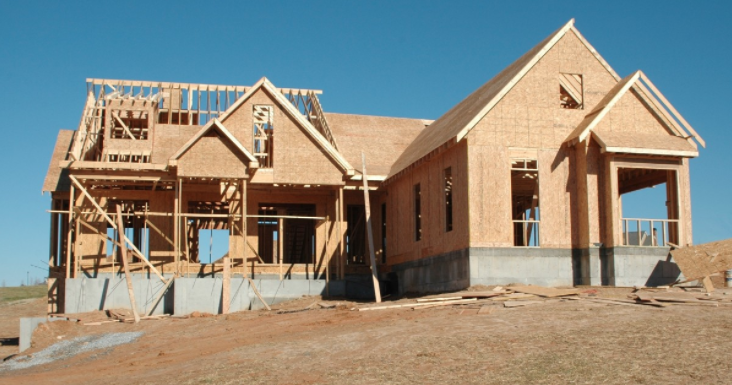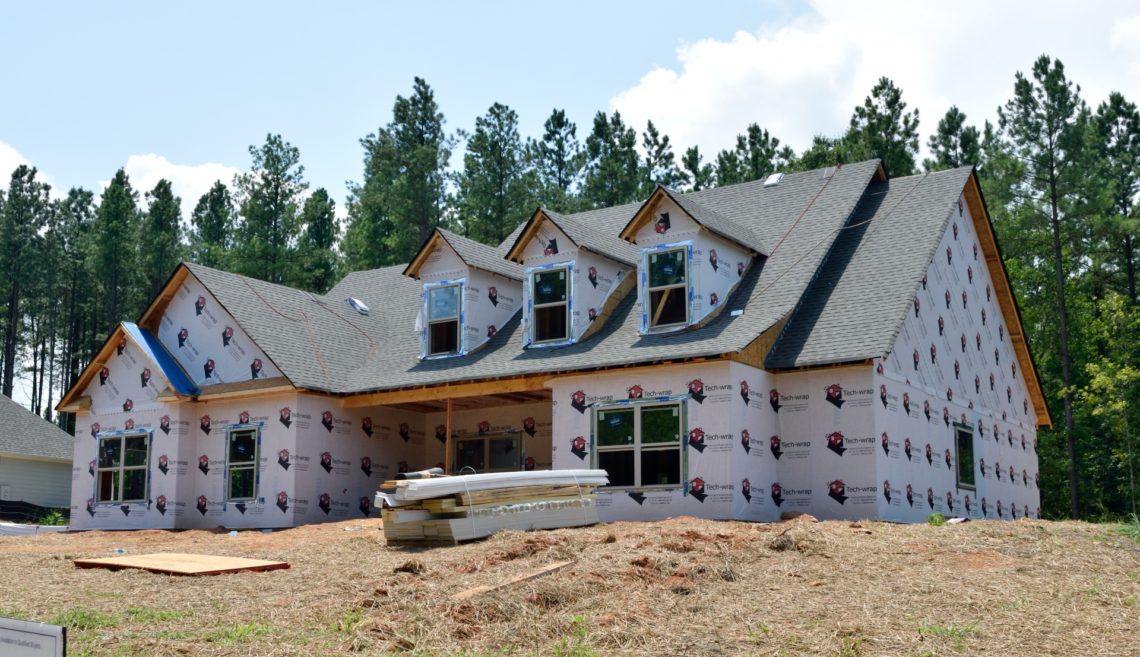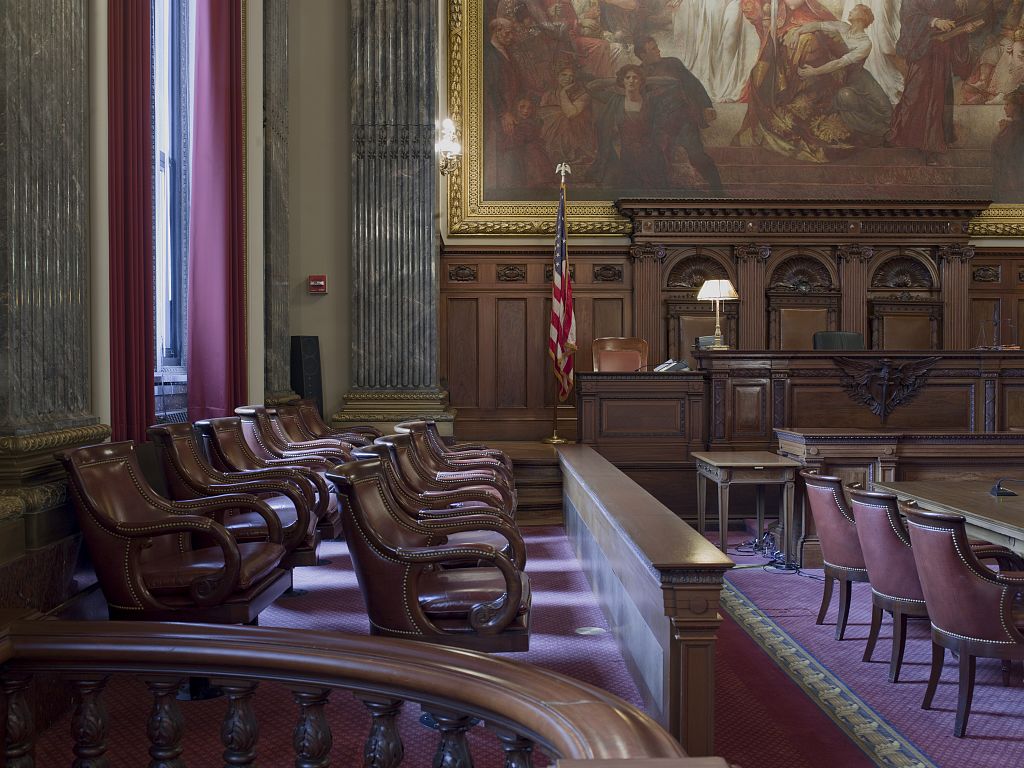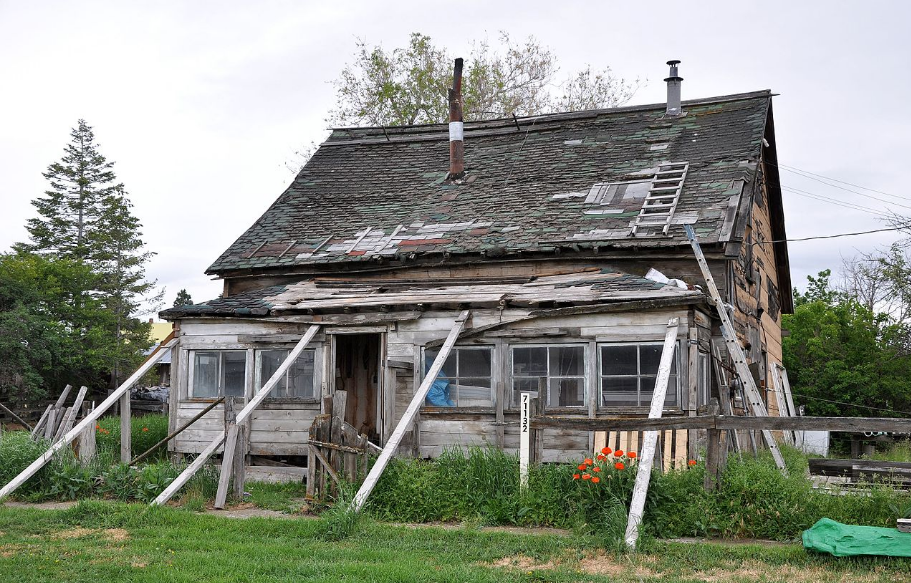The Bunker Hill Covered Bridge is a well-known historical landmark in Claremont, North Carolina, originally built in 1895. The bridge was damaged due to excessive rain, flooding, and erosion in the area, which prompted the Historical Association of Catawba County (the “Historical Association”) to hire NHM Constructors, LLC (“NHM”) to repair the bridge. A dispute arose between the parties, NHM filed a lien on the property, and subsequently filed a lawsuit, seeking payments from the Historical Association. The Historical Association alleges NHM is not owed additional payments because the costs exceeded the budget provided in NHM’s bid. The case will largely turn on the type of contract the parties executed…
-
-
IMPLIED WARRANTIES IN NORTH CAROLINA CONSTRUCTION
PART 2 This article follows Lindley Law’s blog post on implied warranties in construction contracts. While the previous article focused on warranties protecting the purchaser, this article will focus on warranties protecting the general contractor and subcontractors. The Implied Warranties Protecting General Contractors and Subcontractors The Implied Warranty of Suitability of Plans and Specifications. In nearly all construction projects, someone other than the general contractor creates the plans and specifications for a construction project. This warranty assures the general contractor that the plans and specifications were created in accordance with a reasonable standard of care and are essentially free of design errors. The Smiths hire Not…
-
IMPLIED WARRANTIES IN NORTH CAROLINA CONSTRUCTION
PART 1 The construction industry is largely governed by contracts. Mr. and Mrs. Smith contract with Reputable Construction, LLC to build a single-family home. The rights and responsibilities of both parties are generally determined by the contents of the contract, as enforced by North Carolina law. The contract could include express warranties – specific stipulations providing an assurance of some particular item or service in relation to the contract. An express warranty could also be provided orally, in conversations between the Smiths and Reputable Construction. North Carolina also recognizes implied warranties in construction contracts – warranties neither explicitly included in the written contract nor orally discussed. Implied warranties…
-
A PRIMER ON CONSTRUCTION LIENS
What is a Construction Lien? The construction industry is largely governed by contracts. A property owner contracts with a general contractor to make improvements to the real property; the general contractor contracts with subcontractors to perform the various tasks required to make such improvements (e.g., grading, bricklaying, etc.); the general contractor and/or the subcontractors contract with suppliers to haul materials and equipment to and from the job site. A mechanics’ lien (or construction lien) provides any party involved in the improvement of the real property with a means of collecting payment. This means of collection exists in addition to other remedies, such as breach of contract. As a…
-
Four Tips for Drafting Jury Instructions: A Tightrope Walk between Clarity and Accuracy
What’s the best way for attorneys to show appreciation for jurors during the North Carolina Judicial Branch’s Jury Appreciation month? Lavishing them with gifts is prohibited, but one way attorneys can show some appreciation is by drafting jury instructions that make the lives of jurors easier by streamlining the deliberation process. When it comes to cases with complex statutory language, lawyers may be faced with the task of drafting jury instructions and must learn to bridge the gap between legal jargon and natural language. To add to the pressure of crafting meticulously worded jury instructions, many appeals are based…
-
Five Questions About Construction Liens
Whether you are a home owner in the midst of a kitchen renovation, a business owner considering an office expansion, or otherwise involved in a construction project, it is important to understand who gets paid and when. By doing so, you may avoid a construction lien being placed on your property or, conversely, successfully use the lien statutes to ensure that you get paid for you work. What is a construction lien? Construction liens, also known as mechanic’s liens, are legal claims on real property, often used by builders, contractors, suppliers, or subcontractors who have not been paid…
-
Bad Contractors: Five Ways to Avoid Them and Six Steps to Take if it is Too Late
When hiring a contractor for a residential or commercial construction or renovation project, there are many qualified, dependable contractors from which to choose. However, there is always the risk of hiring someone who will (1) do a poor job; (2) take much longer than expected; or (3) both. There are a few things you can do to try to avoid such contractors and several steps you should take once you discover the contractor you hired isn’t doing a good job. Five Ways to Avoid Bad Contractors: Hire only a licensed contractor. If you hire an unlicensed contractor, you run the risk they do not…
-
The Legal Considerations of Using Drones in Construction Zones
The use of drones is no longer science fiction or limited to combat zones; commercial drones are the way of the future. Drones are used in a host of industries: aerial photography, real estate, agriculture, construction, search and rescue, emergency management, and mining. Even package delivery via drone may soon be a part of our everyday lives. In May of 2014, the Federal Aviation Administration (FAA) began approving petitions for commercial drone usage and those slated for construction purposes comprised roughly 13% of the first 1000 approvals.[1] These drones are not actually building structures or moving materials (yet). Instead,…





